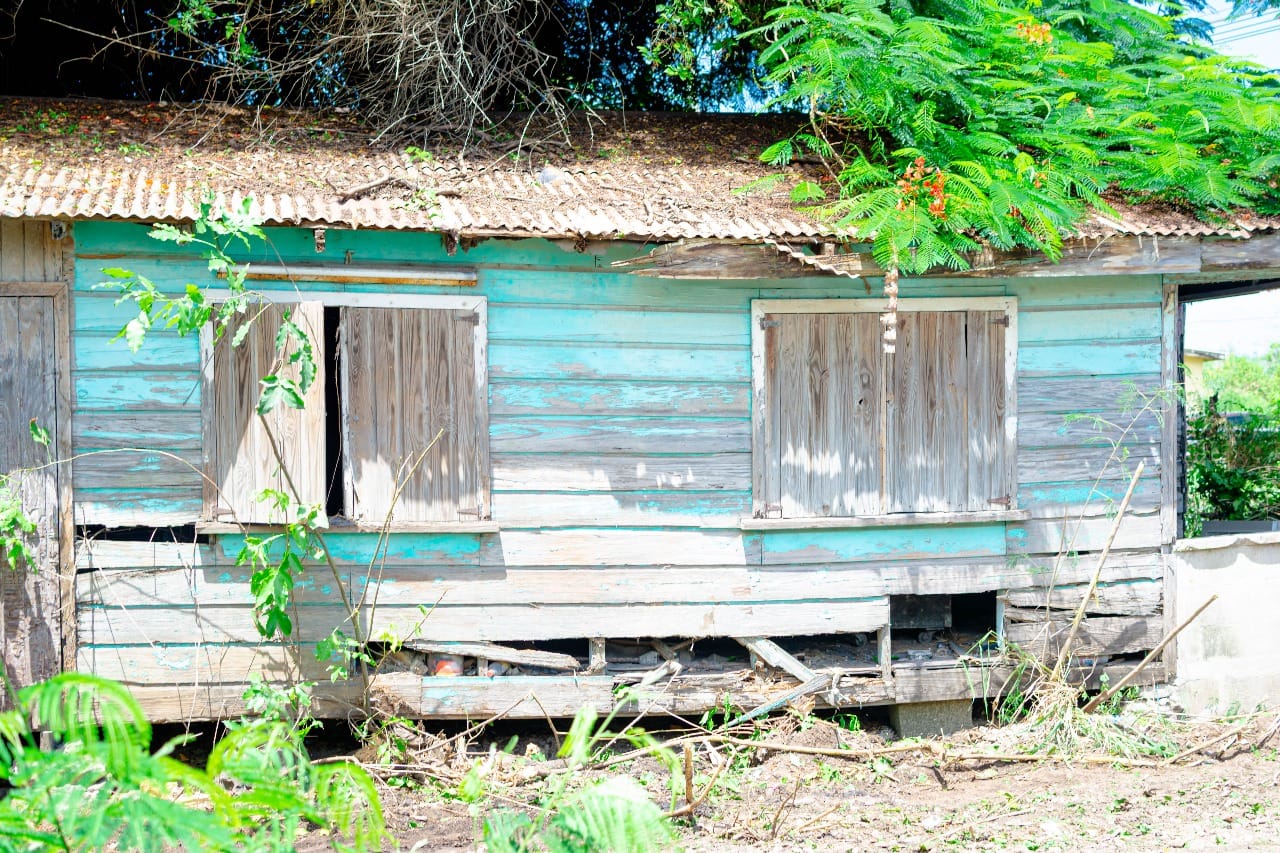Two outstanding young representatives from Nevis, Khayla Claxton and Keyana Warner, are gearing up to showcase their talents at the Caribbean Tourism Organisation (CTO) Regional Tourism Youth Congress, scheduled for October 02, 2025, in Barbados. Claxton, a student at Gingerland Secondary School and Nevis’s Youth Junior Minister of Tourism, will join peers from 14 other Caribbean territories to present innovative ideas on the future of regional tourism. She is supported by a team from the Nevis Ministry of Tourism, her teacher chaperone Tamara Morton, and reigning CTO Youth Tourism Minister Keyana Warner, who also hails from Nevis. Premier Mark Brantley, Minister of Tourism in the Nevis Island Administration (NIA), praised both delegates for their dedication and preparation, expressing high hopes for their success. Claxton recently participated in interactive workshops focused on workplace readiness, leadership, and the application of XR and AI technologies in tourism. Meanwhile, Warner is set to make history as the first Caribbean Junior Minister of Tourism invited to speak at the conference’s opening ceremony, sharing the stage with CTO Secretary-General Dona Regis-Prosper. Premier Brantley highlighted the significance of this achievement, emphasizing Nevis’s commitment to nurturing excellence among its youth. The 2025 CTO Youth Congress promises to be a platform for fresh ideas and the next generation of Caribbean leaders, with Claxton and Warner proudly representing Nevis.
分类: society
-

As rent prices rise, locals question if housing is within reach
The escalating cost of rent in Saint Lucia has become an undeniable reality for residents, evident in everyday conversations and online rental listings. A quick scroll through popular Facebook rental groups reveals stark contrasts: furnished two-bedroom apartments in the north priced at $2,500, unfurnished ones at $2,100, and even studios demanding $2,100. Meanwhile, hopeful renters post requests for one-bedroom units at $1,000 or less, reflecting budgets that once seemed reasonable but now feel increasingly out of reach. This disparity highlights a deepening housing crisis in the country.
A 2017 study by the Ministry of Finance’s Research and Policy Unit identified a significant housing deficit in Saint Lucia, attributing the high costs to an informal construction sector and low wages. Many residents aspire to own concrete homes, seen as more durable and respectable than timber structures, but the financial barriers remain insurmountable for most. With the minimum wage at $1,131 per month, even modest rental prices consume nearly all of a worker’s income.
The situation has been exacerbated by the rise of Airbnb, as property owners prioritize short-term tourist rentals over long-term tenants. Real estate agent Ronald Raoul explains that landlords can earn in a week from tourists what they would make in a month from locals, leading to fewer available rentals and higher prices. Additionally, foreign buyers have driven up property values, creating a ripple effect that keeps rents high even when the market cools.
In response, the government has suspended VAT on construction materials until 2025, aiming to reduce building costs and encourage development. However, this measure alone is unlikely to resolve the crisis. Homeownership remains a distant dream for many, with the 2022 census showing that 65.7% of households own their homes, leaving a significant portion of the population struggling in a tightening market.
The government’s “Year of Infrastructure” initiative, funded by the Citizenship by Investment Programme, promises affordable housing projects in areas like Rock Hall and Dennery. Yet, official reports acknowledge that increasing supply alone will not solve the problem unless incomes rise or housing costs decrease.
For now, Saint Lucians face difficult choices: downsizing, relocating to less central areas, or delaying independence altogether. As rental listings continue to highlight modern finishes and quiet neighborhoods, the underlying question remains: Is housing truly within reach for the average citizen?
-

The “miracle” of La Puya de Arroyo Hondo: the neighborhood where even criminals collaborate
La Puya, one of the oldest neighborhoods in Arroyo Hondo, has undergone a remarkable transformation, evolving from a place once feared for its high crime rates to a community now celebrated for its tranquility. Located near the National Zoological Park and the Cristo Rey neighborhood, La Puya stands as a testament to the power of community organization and resident determination in fostering peaceful coexistence. Residents report a staggering 75% to 95% reduction in crime, a stark contrast to the violent clashes and drug-related gang wars that plagued the area in 2022. Basilio Lorenzo, president of the La Puya Neighborhood Association, recalled the neighborhood’s dark past, describing it as ‘unbearable’ and likening the crime surge to a ‘pandemic.’ Today, however, the community enjoys a newfound sense of safety, with residents proudly declaring, ‘There’s no stealing here.’ Despite these improvements, challenges remain, including persistent garbage issues in areas like La Gallera and El Aguacate, and limited access to drinking water. A project in collaboration with the Santo Domingo Water and Sewer Corporation (CAASD) is underway to address the water shortage. Additionally, the community seeks greater support for sports activities, particularly for the local court currently under repair. The government has also noted a nationwide decline in crime, with Interior and Police Minister Faride Raful highlighting a significant drop in homicide rates and theft reports. La Puya, established in the 1960s as a low-income settlement, has long been a ‘popular enclave’ within a privileged sector. Despite its history of poverty and disorganized growth, the neighborhood has reinvented itself through the efforts of its residents, neighborhood associations, and sports clubs, proving that even the most troubled communities can achieve lasting change.







